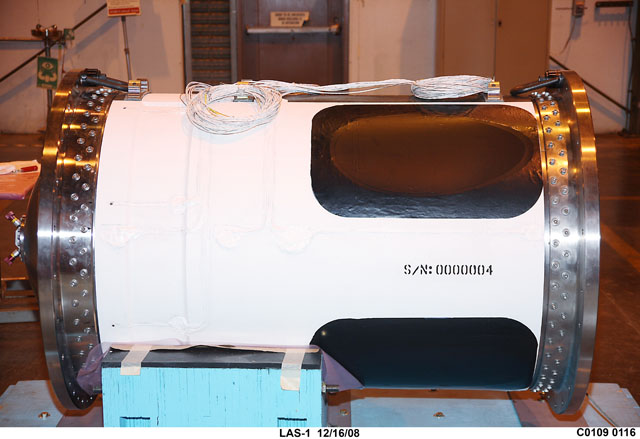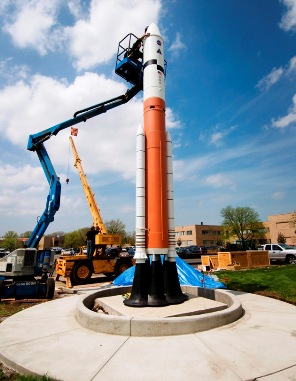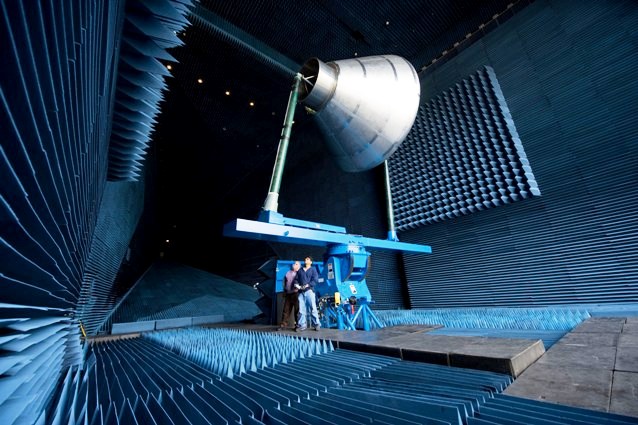NASA is one step closer to launching a flight test of the Constellation Program with Tuesday’s send-off of the Orion jettison motor, a solid rocket motor engineered for the launch abort system of the next-generation spacecraft Orion.
Built for NASA by Aerojet, the jettison motor was shipped from Sacramento, Calif. to the U.S. Army’s White Sands Missile Range in New Mexico for the first test of the launch abort system, called Pad Abort-1. Orion’s abort system will be capable of pulling the crew module away from the Ares 1 crew launch vehicle within milliseconds in the event of an emergency on the pad or during the initial ascent phase.

The jettison motor, a key component of the launch abort system, is designed to separate the spacecraft’s abort system from the crew module after it is no longer needed during launch. A jettison motor function will be needed on every Orion mission.
“The delivery of the jettison motor is a significant milestone for the launch abort system program,” said Kevin Rivers, Orion launch abort system manager at NASA’s Langley Research Center in Hampton, Va. “Delivering this rocket motor is a great reflection of the intense and focused work by the entire jettison motor team.”
The NASA Orion Project is managed out of NASA’s Johnson Space Center, Houston. NASA’s Langley Research Center in Hampton, Va. manages the Orion Launch Abort System element development and integration in partnership with NASA’s Marshall Space Flight Center in Huntsville, Ala.
The components of the abort system are being delivered by Orbital Sciences Corporation, for Lockheed Martin Corporation, the prime contractor for Orion. Aerojet is the subcontractor responsible for the jettison motor.



